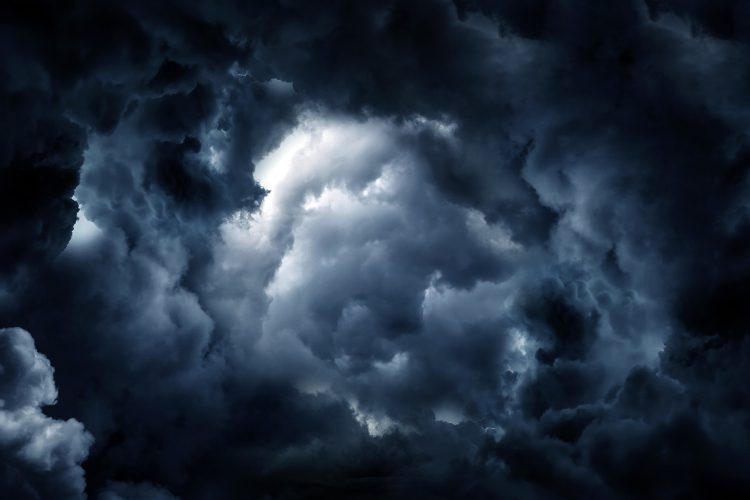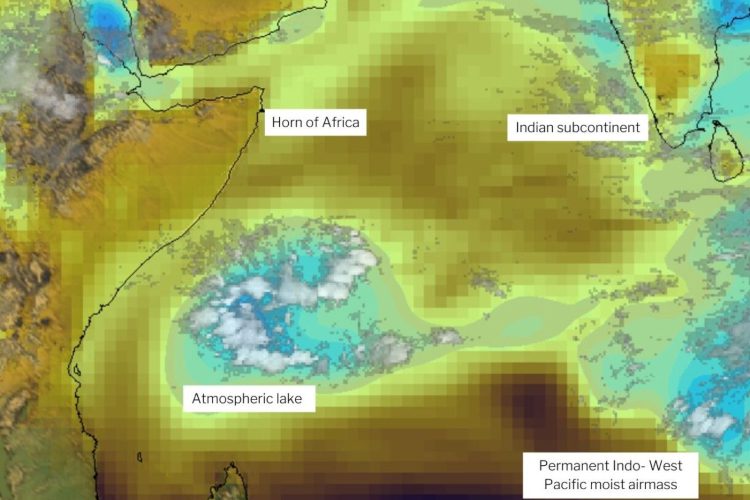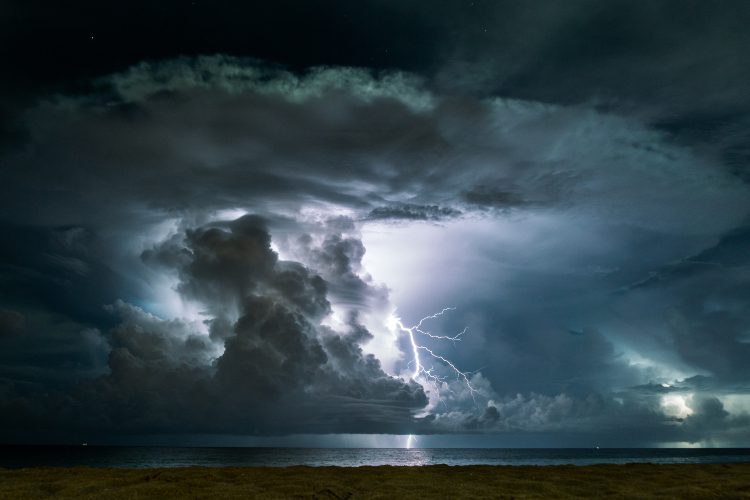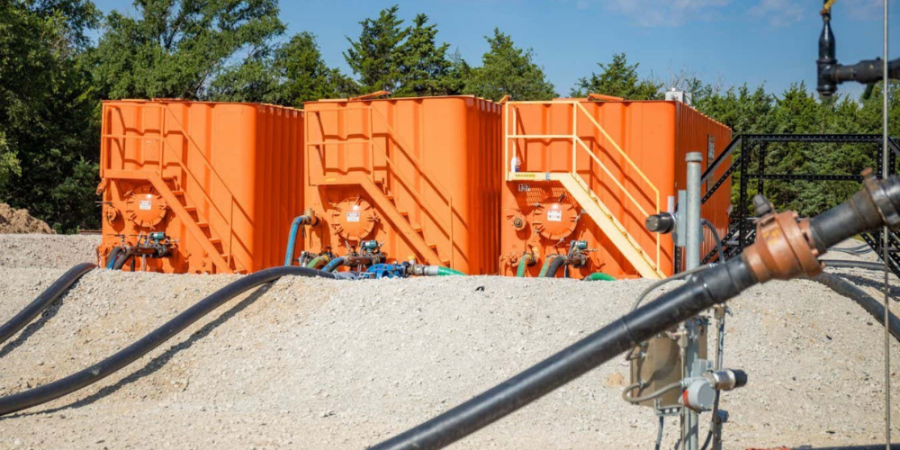
Sabphoto/Shutterstock
Did you hear that a new type of storm has recently been discovered high over the skies over the Indian Ocean? That’s right! Scientists named these storms “atmospheric lakes,” as they are essentially just concentrated water vapor. And you won’t believe how long they can last for…
Noticing Big Sky Puddles

Brian Mapes/NOAA ERA-Interim reanalysis data set
This fantastic discovery comes to us from atmospheric scientists Wei-Ming Tsai and Brian Mapes. They made their findings while researching and studying the weather over the Indian Ocean. Interestingly, Tsai and Mapes said that not that many meteorologists study the weather patterns of the Indian Oceans, which might explain why no one had observed “atmospheric lakes” before!
So what are atmospheric lakes? Well, they are actually related to atmospheric rivers, a well-known phenomenon in which long plumes of moisture stretch high above us, lasting thousands of miles sometimes. Since these “rivers” can end up carrying a massive amount of water, it all has to end up somewhere. Where does it end up? Atmospheric lakes! These lakes then hang in the sky, in areas where the wind speed is around zero, like a giant puddle hanging in the sky. As you might imagine, these atmospheric lakes, which can be up to 700 miles wide, bring quite a bit of rain to the cities and towns below them!
To find these so-called lakes, Tsai and Mapes studied over five years of satellite data of the weather above the Indian Ocean. While reviewing the data, they found 17 atmospheric lakes, each of which lasted more than six days. Most surprising, they occurred in all seasons, but not in all parts of the world. In fact, right now, scientists believe you will only find atmospheric lakes within 10 degrees of the equator. Further away from the equator, these lakes end up turning into tropical cyclones!
How Atmospheric Lakes Form

ANTIVAR/Shutterstock
Above the Indian Ocean, the atmospheric lakes mainly formed because of massive water vapor streams flowing in from where the Indian and Pacific Oceans meet. Then, the water would slowly drift over to the west, until the water finally reached the east coast of the African continent, before converting into atmospheric lakes. Sometimes these lakes can be truly amazing, bringing rain to dry areas.
“It’s a place that’s dry on average, so when these [atmospheric lakes] happen, they’re surely very consequential,” Mapes explained in the paper on atmospheric lakes. “I look forward to learning more local knowledge about them, in this area with a venerable and fascinating nautical history where observant sailors coined the word monsoon for wind patterns, and surely noticed these occasional rainstorms, too.”
The team plans to continue studying atmospheric lakes in the future, specifically to see if they occur further away from the equator or how much climate change is affecting them.










